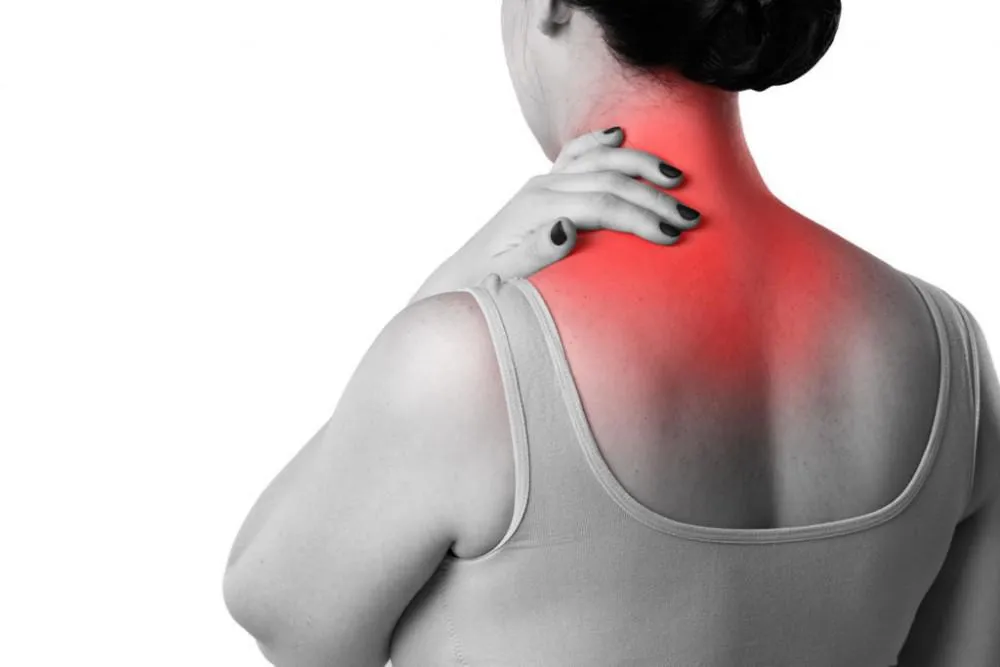Achilles Tendinitis: Symptoms, Causes, Prevention
Achilles tendinitis is a prevalent overuse injury that impacts the Achilles tendon—a critical band of tissue that connects the calf muscles to the heel bone.
Sept. 26, 2023, 6 min read, Articles
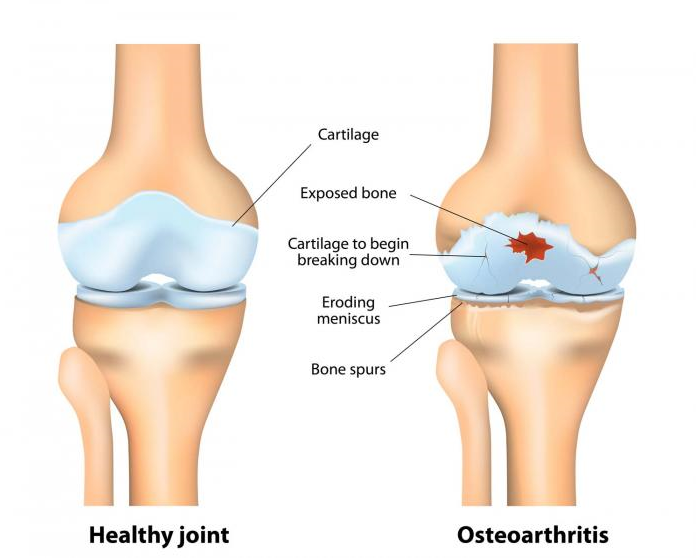
Arthritis is a common and often painful condition that affects millions of individuals worldwide. It's not a single disease but rather a group of more than 100 different types of joint-related conditions. In this comprehensive article, we will delve into arthritis, exploring its causes, symptoms, effective treatment options, including the crucial roles of physiotherapy and osteopathy. We'll also touch on related diseases and provide valuable insights for managing this condition.
Arthritis is a complex and multifaceted health challenge that primarily affects the joints. These vital connectors in our bodies allow for movement, but when afflicted by arthritis, they can become sources of chronic pain and discomfort. It's essential to recognize that arthritis doesn't discriminate – it can affect individuals of all ages, genders, and backgrounds.
The term "arthritis" encompasses a wide array of conditions, each with its unique characteristics. Among the most common forms are osteoarthritis and rheumatoid arthritis. Osteoarthritis, often associated with the wear and tear of joints over time, is a leading cause of pain and mobility issues in older adults. Rheumatoid arthritis, on the other hand, is an autoimmune disorder where the body's immune system mistakenly attacks the joints, leading to inflammation and pain.
Arthritis is a multifaceted condition with various underlying causes, and understanding these triggers is essential for effective management. Here, we delve deeper into the key factors contributing to arthritis:
Age and Wear and Tear: Osteoarthritis, the most prevalent form of arthritis, often develops with age as joint tissues naturally degenerate over time. Repetitive use and wear and tear on joints can accelerate this process.
Genetics: Family history plays a significant role in some forms of arthritis. If close relatives have arthritis, there may be a genetic predisposition that increases the risk of developing the condition.
Autoimmune Responses: Rheumatoid arthritis and other autoimmune forms of arthritis occur when the body's immune system mistakenly attacks healthy joint tissues. These conditions are characterized by chronic inflammation and joint damage.
Infections: In rare cases, infections can trigger reactive arthritis. Bacterial or viral infections elsewhere in the body can lead to joint inflammation.
Metabolic Abnormalities: Conditions like gout result from metabolic abnormalities, particularly elevated levels of uric acid in the bloodstream. This excess uric acid can crystallize in joints, causing intense pain and inflammation.
Arthritis presents a wide spectrum of symptoms that can significantly impact an individual's daily life. Recognizing these signs is crucial for early diagnosis and effective management. Here, we outline the common symptoms associated with arthritis:
Joint Pain: Persistent and often severe joint pain is a hallmark of arthritis. The pain can range from a dull ache to sharp, shooting sensations and may be more pronounced during movement.
Joint Swelling: Inflammation of the joints leads to swelling, which can be visibly apparent and cause joint deformities over time.
Stiffness: Arthritis-related stiffness can make it challenging to initiate movement, particularly after periods of inactivity, such as waking up in the morning.
Limited Range of Motion: Reduced flexibility and range of motion in affected joints can hinder daily activities like bending, reaching, or walking.
Fatigue: Many individuals with arthritis experience fatigue, often attributed to the body's constant battle against inflammation.
Weakness: Muscles around affected joints may weaken due to reduced use, leading to further functional limitations.
Numbness and Tingling: In some cases, nerve compression or irritation related to arthritis can result in sensations of numbness or tingling in the hands or feet.
Fever and Weight Loss: Systemic symptoms like fever and unexplained weight loss can accompany certain forms of inflammatory arthritis.
Joint Warmth and Redness: Inflammation can cause affected joints to become warm to the touch and appear red or flushed.
It's crucial to remember that the severity and combination of these symptoms can vary widely among individuals and arthritis types. Early consultation with healthcare professionals and a tailored treatment plan, which may include physiotherapy and osteopathy, can significantly improve one's quality of life when living with arthritis.
Arthritis isn't a single, uniform condition; it encompasses a diverse group of disorders, each with its unique characteristics and underlying causes. Understanding the various types of arthritis is essential for accurate diagnosis and effective management. Here, we explore some of the most prevalent types:
Understanding the specific type of arthritis an individual has is crucial for tailoring treatment approaches effectively. A healthcare provider's diagnosis and comprehensive evaluation are key steps in managing arthritis and improving overall quality of life.
Effectively managing arthritis requires a comprehensive approach. While medications can help alleviate pain and inflammation, physiotherapy and osteopathy play pivotal roles in improving an individual's quality of life. These therapies aim to enhance mobility, alleviate pain, and promote overall well-being.
Physiotherapy for Arthritis:
Physiotherapy employs exercises, manual therapy, and modalities like heat and cold therapy to address arthritis. It aims to strengthen affected joints, enhance flexibility, and reduce pain. Techniques such as joint mobilization and tailored therapeutic exercises play a crucial role in enhancing joint function.
Osteopathy for Arthritis:
Osteopathy takes a holistic approach, focusing on the entire body to restore optimal joint and tissue function. Osteopathic treatments often involve gentle manipulations and adjustments to enhance joint mobility, reduce inflammation, and promote improved blood circulation. Osteopaths consider not only the affected joint but also surrounding muscles and tissues, providing a holistic arthritis management approach.
Enhancing Daily Living:
Beyond physiotherapy and osteopathy, arthritis management may include medications, lifestyle adjustments, and dietary modifications. Maintaining a healthy weight is vital, as excess weight can exacerbate joint stress. Assistive devices and joint protection techniques can also enhance daily functioning, allowing individuals to lead more fulfilling lives.
Arthritis is a challenging condition, but it is manageable with the right approach. Physiotherapy and osteopathy are pivotal components of arthritis treatment, offering hope for improved mobility and enhanced quality of life. By comprehending the causes and symptoms of arthritis, exploring comprehensive treatment options, and addressing related diseases, individuals can take proactive steps toward a healthier, pain-free future.
For expert guidance and personalized arthritis treatment plans, consider consulting healthcare professionals at York Rehab Clinic. Our specialized team offers physiotherapy, osteopathy, and various services to address arthritis and related challenges. Your journey to arthritis management and improved well-being begins here.
Achilles tendinitis is a prevalent overuse injury that impacts the Achilles tendon—a critical band of tissue that connects the calf muscles to the heel bone.
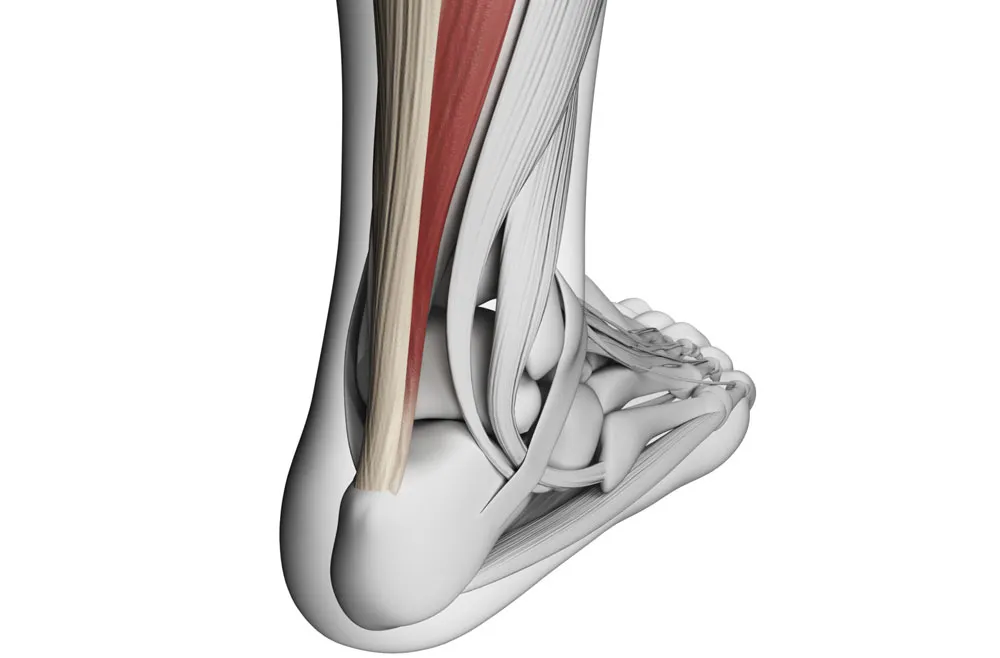
Back pain is a prevalent and often debilitating condition that can affect individuals of all ages and walks of life.

Ankle injuries are prevalent in the world of sports and can be a significant setback for athletes.
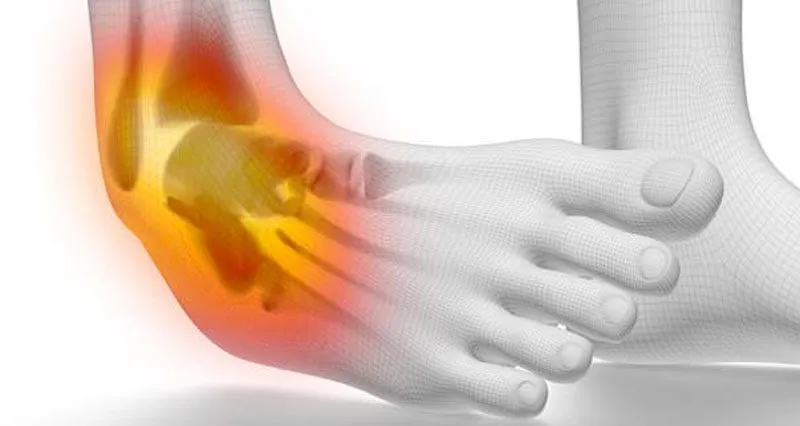
Amyotrophic Lateral Sclerosis (ALS), often referred to as Lou Gehrig's disease, is a progressive neurodegenerative disorder that affects nerve cells in the brain and spinal cord.
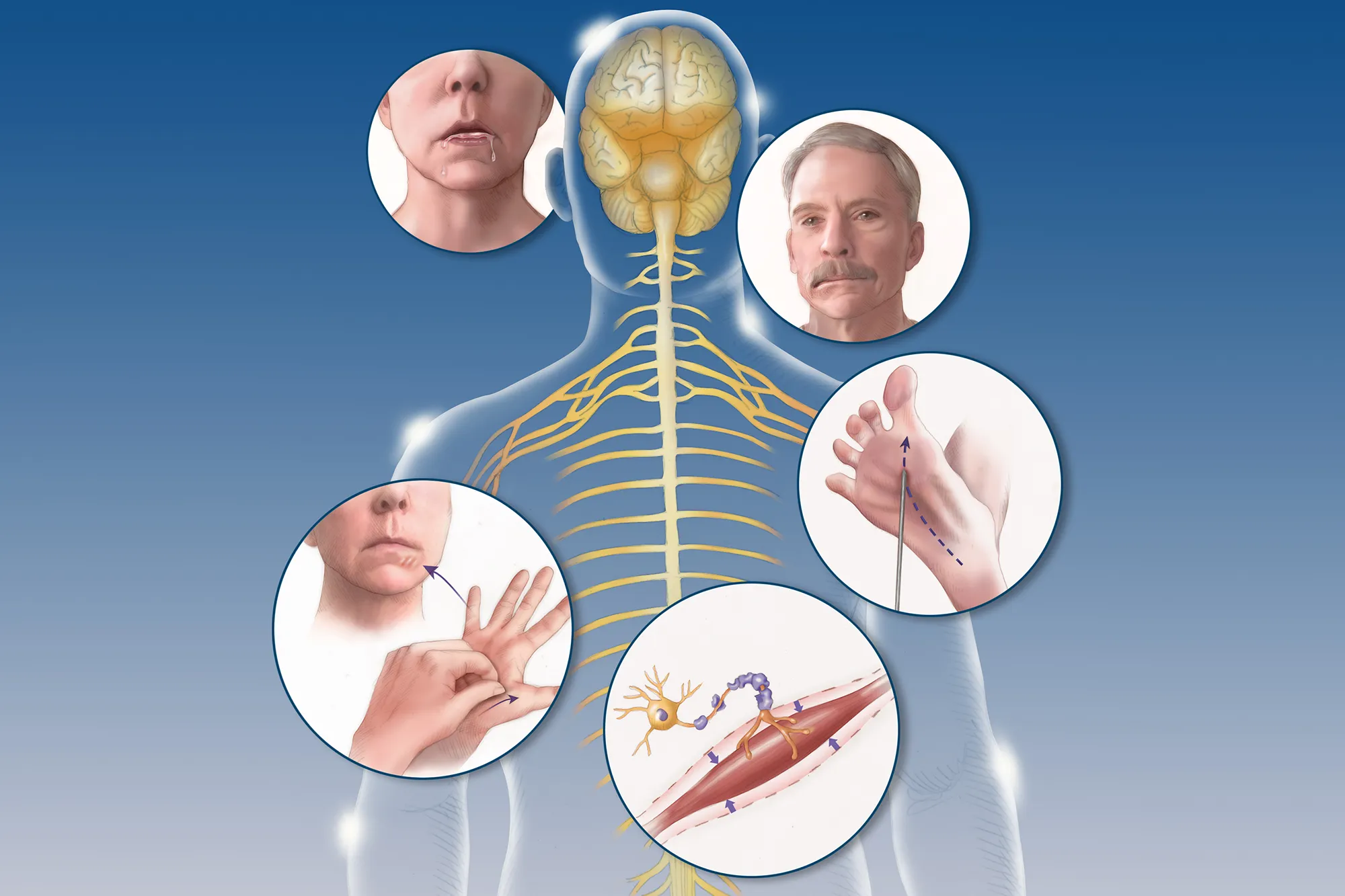
Degenerative Disc Disease (DDD) is a common condition that affects the intervertebral discs in the spine.
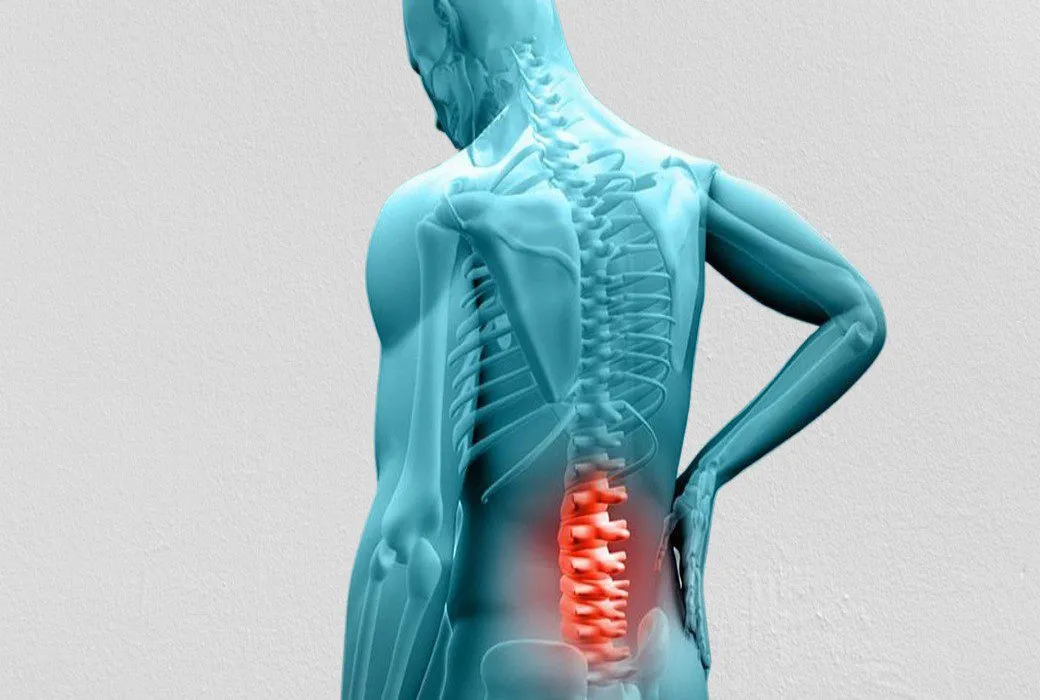
Myalgic Encephalomyelitis/Chronic Fatigue Syndrome (ME/CFS) is a perplexing and debilitating condition that impacts individuals, often altering their daily lives and challenging conventional understanding.
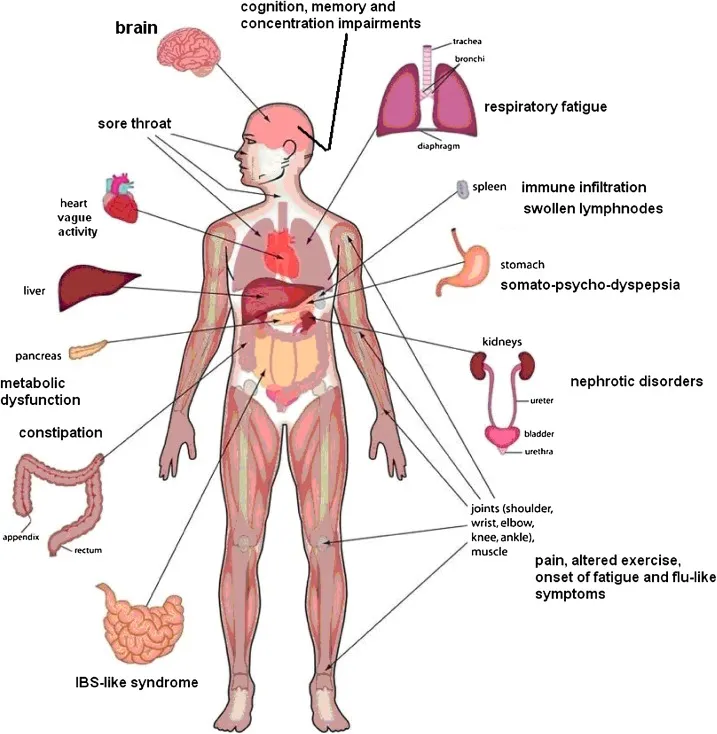
Muscular dystrophy encompasses a group of diseases leading to progressive muscle weakness and loss of muscle mass. The development of abnormal genes disrupts the production of necessary proteins crucial for healthy muscle function.

Fibromyalgia stands as a complex and often misunderstood condition characterized by widespread musculoskeletal pain, fatigue, and sleep disturbances
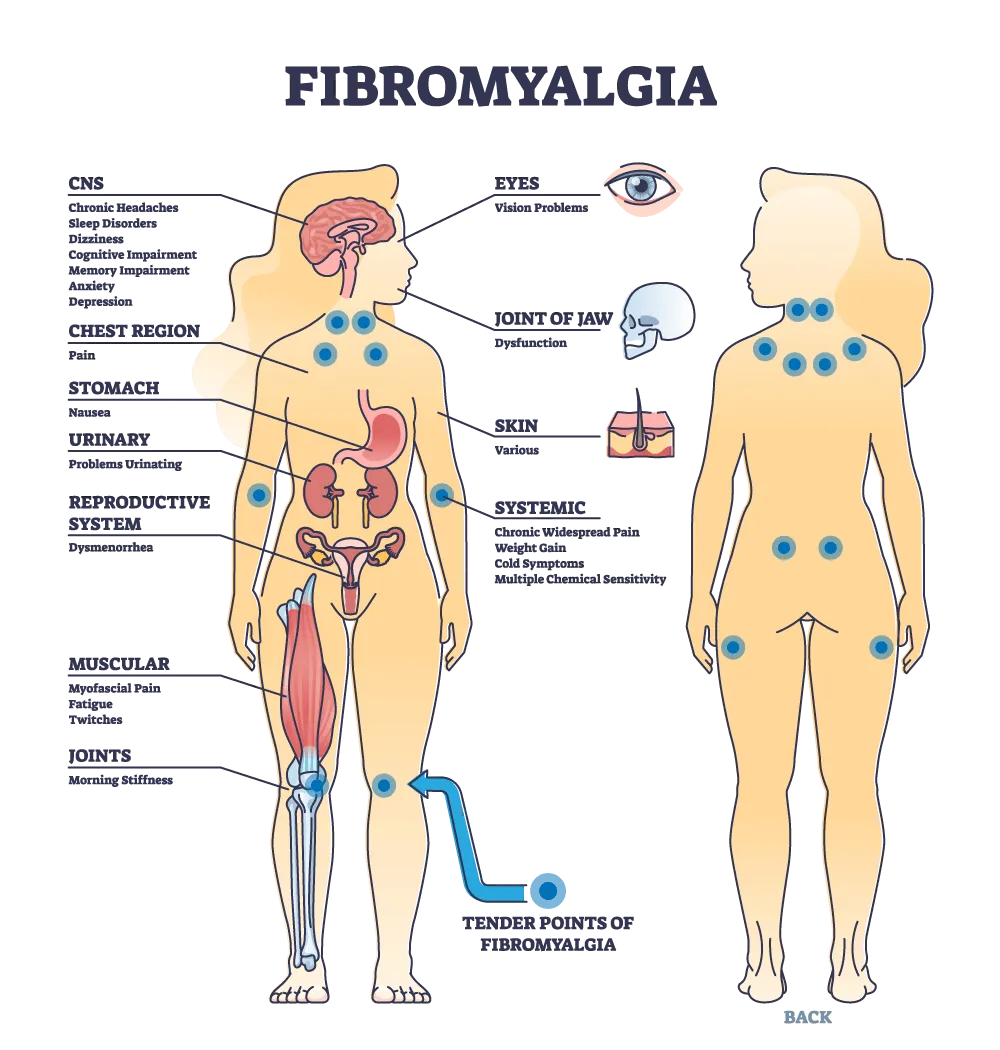
Bunions, medically referred to as "hallux valgus," are a common and often painful foot deformity that affects the joint at the base of the big toe.
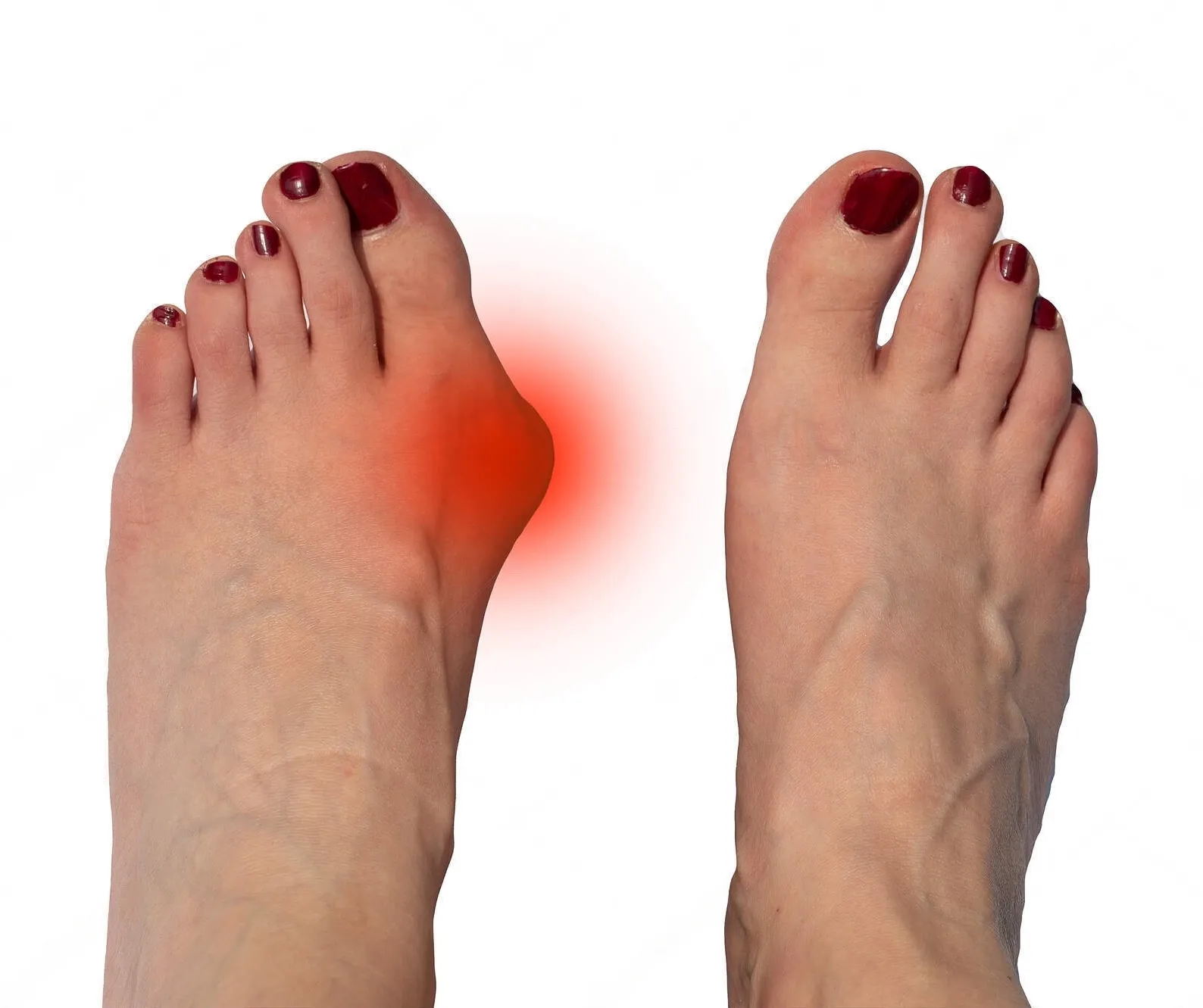
Herniated disc symptoms can be debilitating, causing pain, numbness, and mobility limitations.
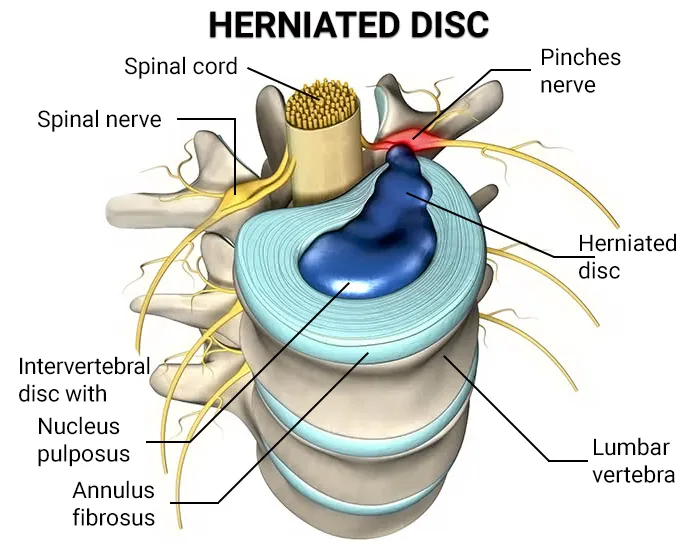
A heel spur is a bony growth that pokes out below your back heel bone inside of your foot. Heel spurs happen when stress and strain damages your foot ligaments.
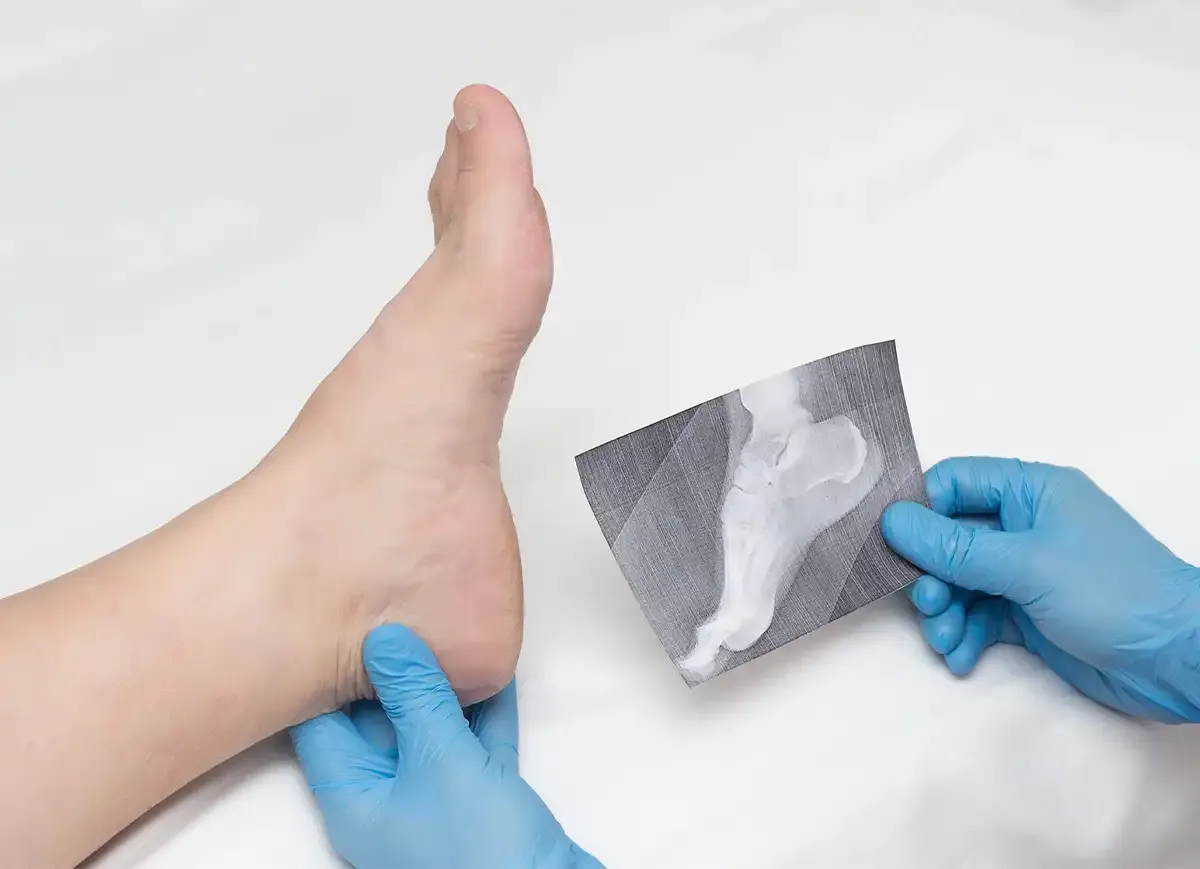
Knee pain is a widespread issue that can significantly impact a person's mobility and quality of life.Knee pain is a widespread issue that can significantly impact a person's mobility and quality of life.
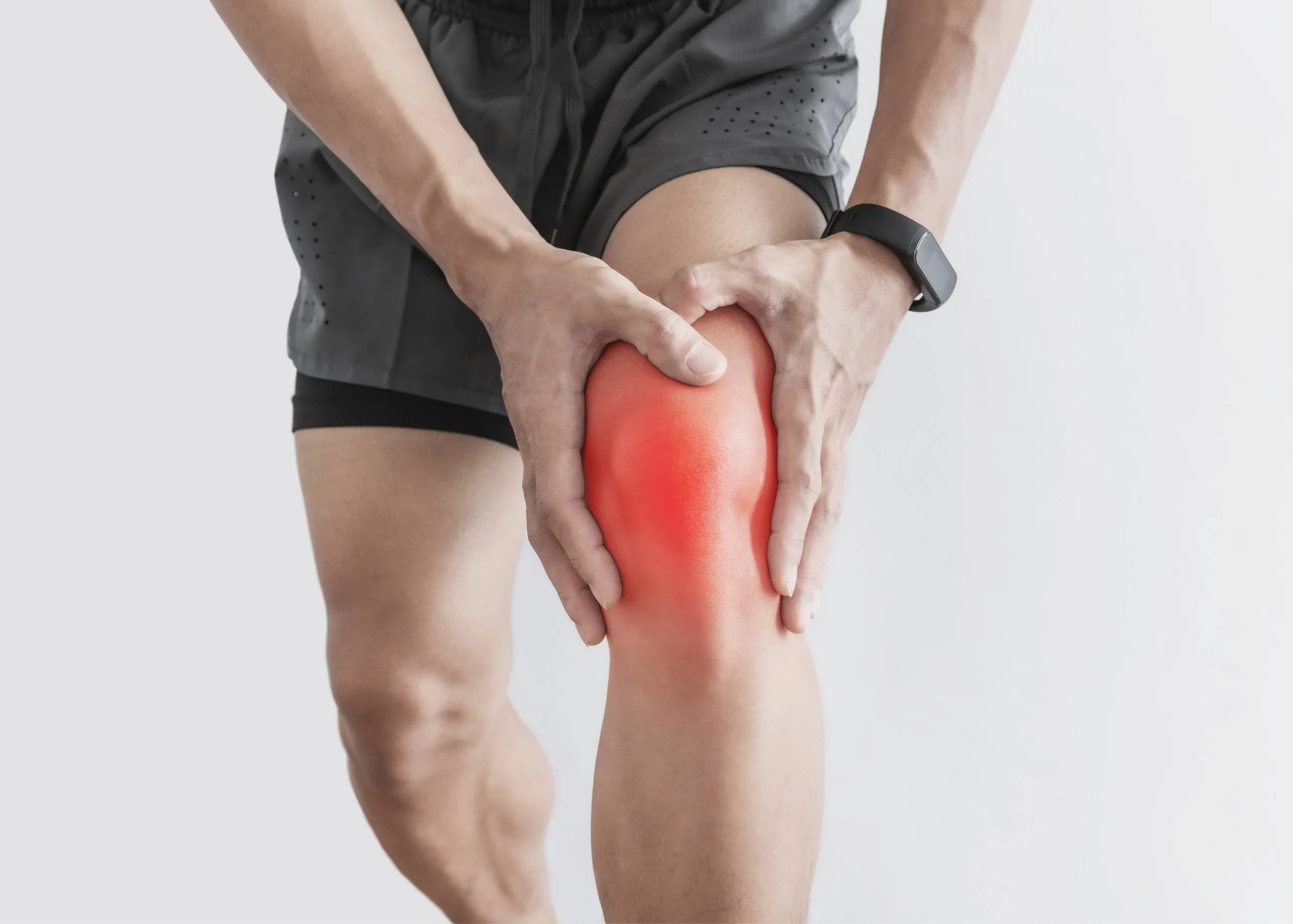
Heel pain can be a nagging and uncomfortable issue that affects many people. In this article, we will explore the various causes of heel pain, common symptoms associated with it, and the available treatments that can help you find relief and get back to your active lifestyle.
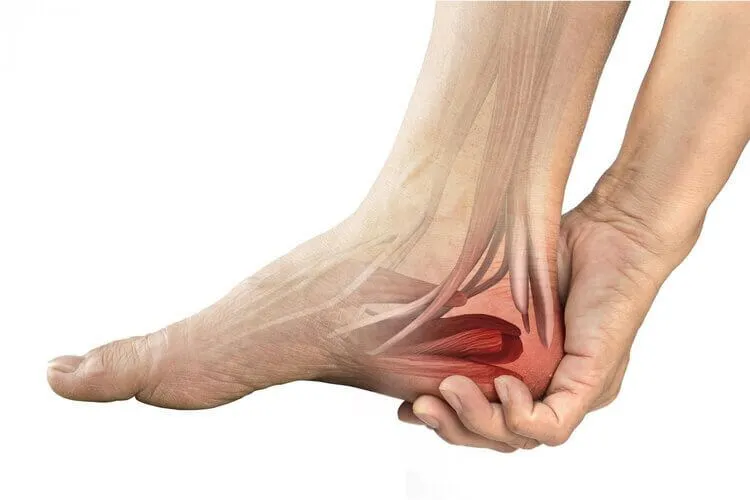
Military Neck, also referred to as Cervical Kyphosis, is a condition that affects the natural curvature of the cervical spine, resulting in the loss of its typical curve.
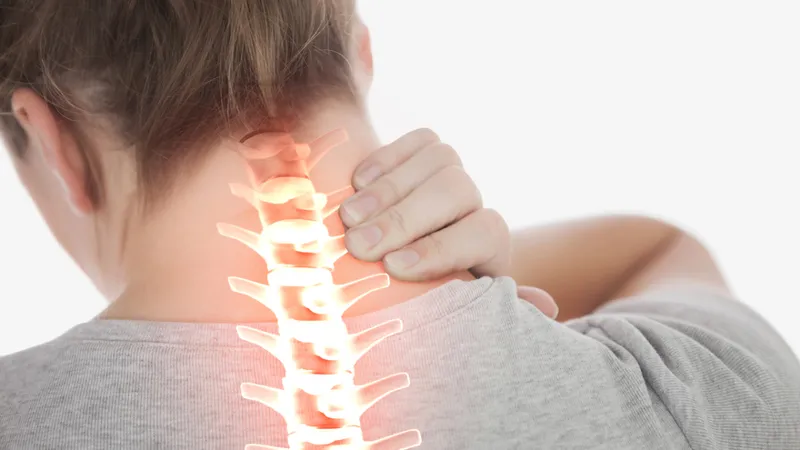
Migraines and headaches are prevalent neurological disorders that affect a significant portion of the population.

Lymphedema is a chronic condition characterized by the accumulation of lymphatic fluid, leading to persistent swelling, typically in the arms or legs.
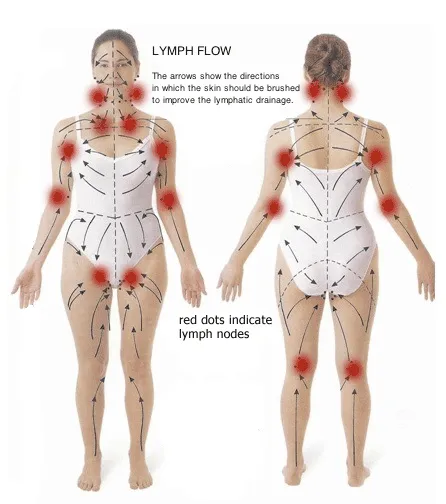
Plantar fasciitis is a common and often painful foot condition that affects millions of people worldwide.
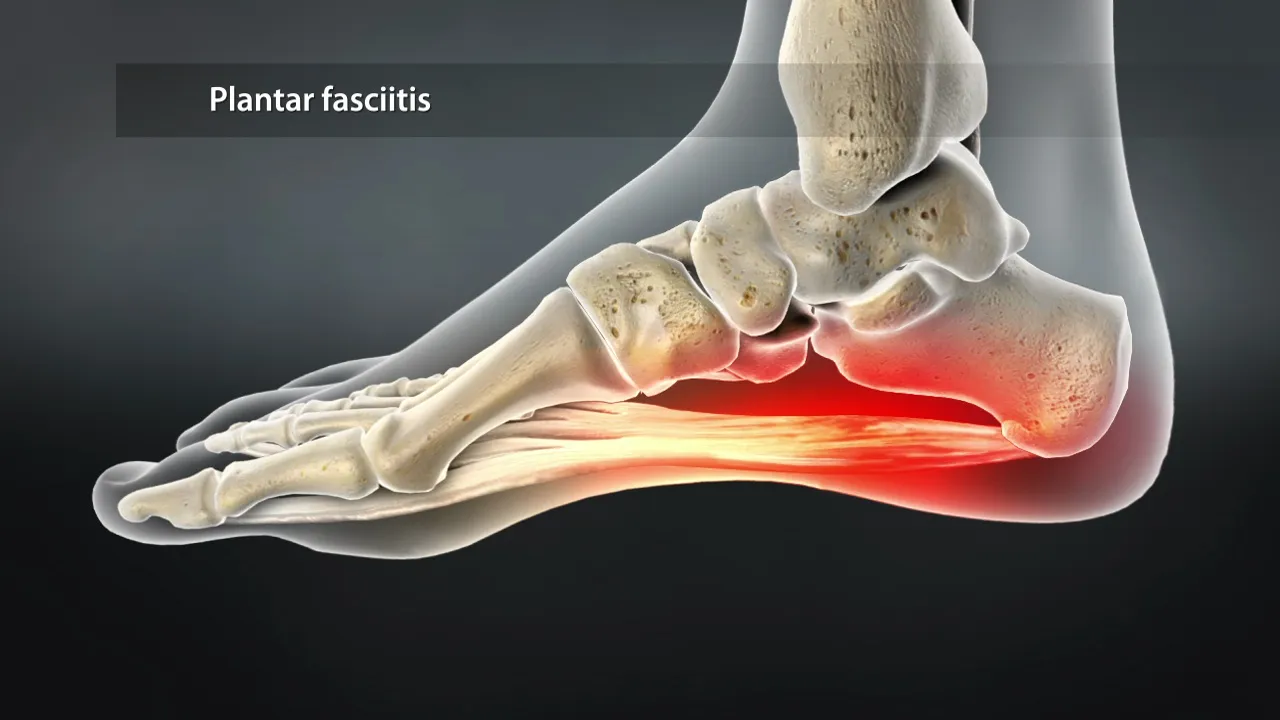
Piriformis syndrome is a perplexing condition, often overshadowed by more common sources of hip and lower back pain.
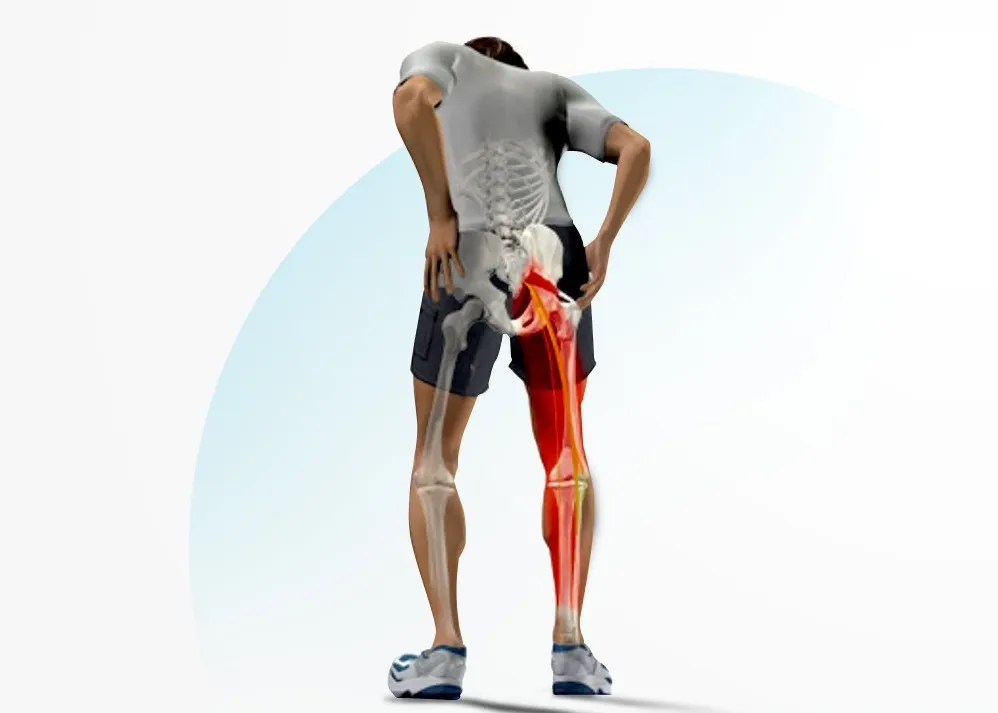
motor vehicle accidents (MVA) can result in a wide range of injuries, from minor bruises to severe trauma. in the aftermath of such incidents, seeking prompt medical attention is crucial for assessing and addressing any injuries sustained.

Sarcopenia is the gradual loss of muscle mass that can affect people in their 30s and beyond. WebMD explains its symptoms, causes, diagnosis, and treatments.
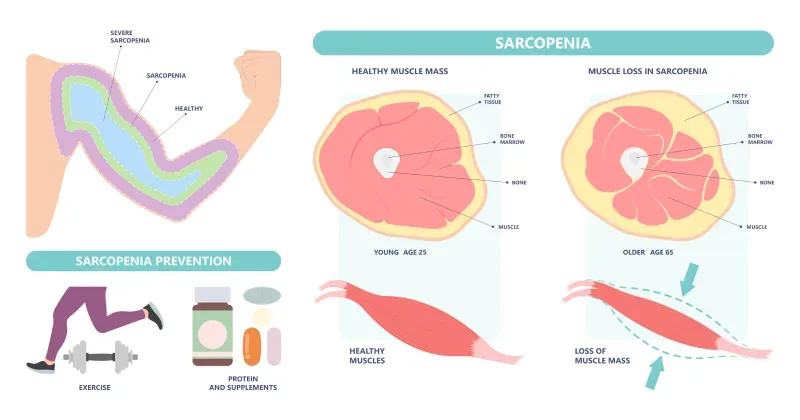
Spinal stenosis, a prevalent spinal condition, is characterized by the narrowing of the spinal canal, leading to discomfort and neurological symptoms.

The sacroiliac joint, a crucial junction between the sacrum and the ilium bones in the pelvis, plays a pivotal role in supporting the weight of the upper body.
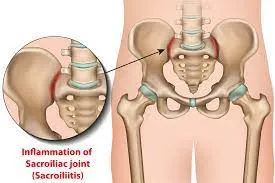
A rotator cuff injury can be a painful and limiting condition, impacting the functionality of the shoulder.
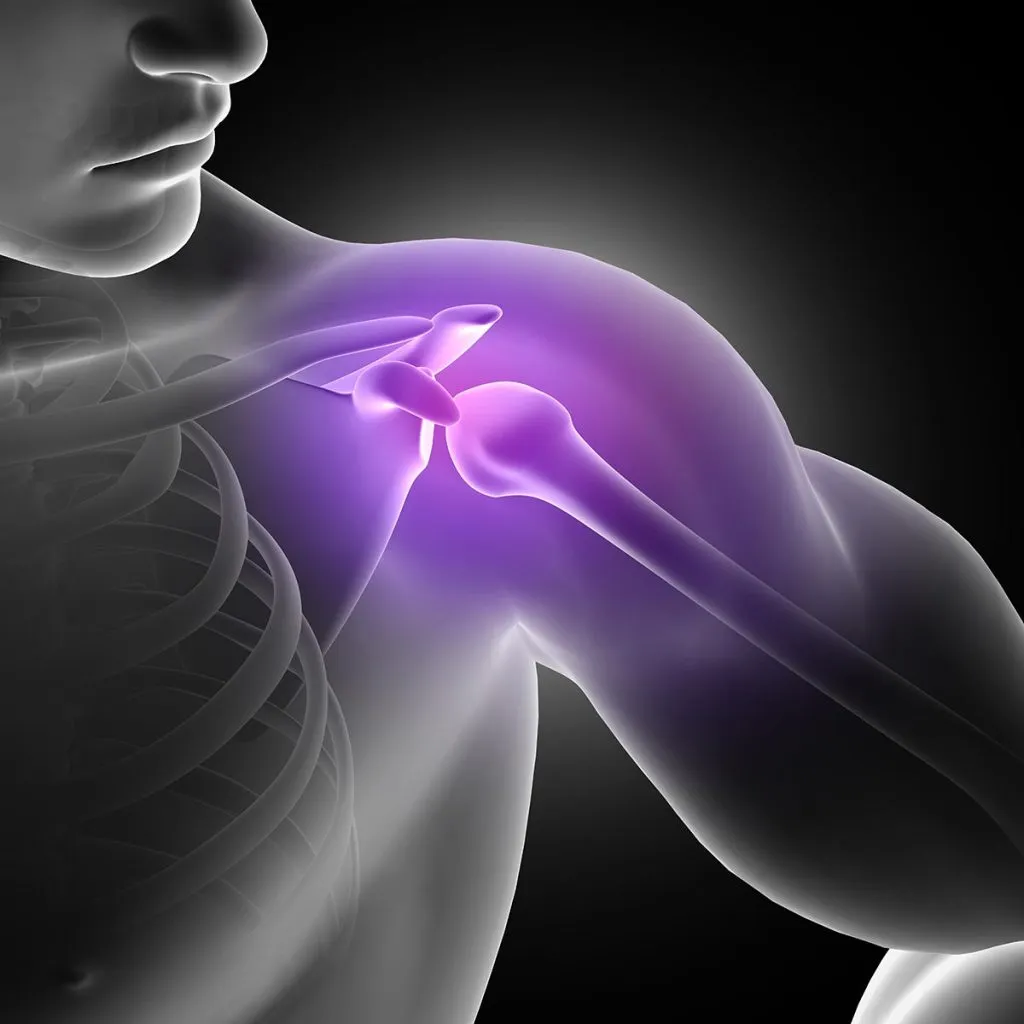
Suffering from lower back pain from sitting? It could be from poor ergonomics in your workplace. Learn more with these tips for how to alleviate pain from sitting.
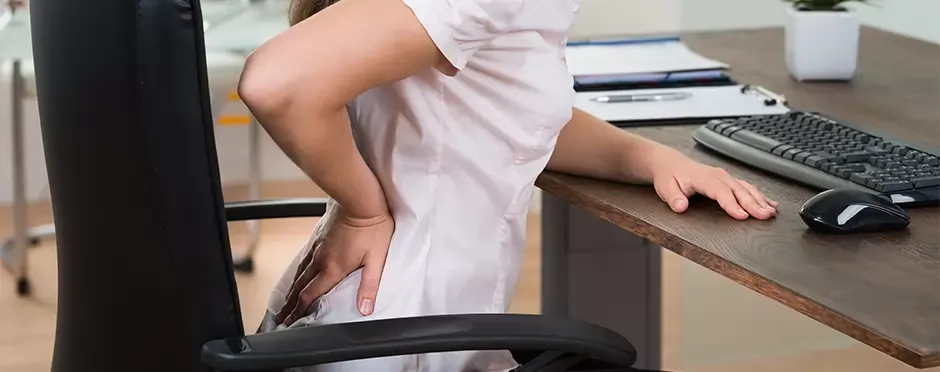
Sciatica is a painful and often debilitating condition that affects numerous individuals worldwide.

Gluteal tendinopathy is a condition that affects the tendons in the gluteal region, leading to pain and restricted mobility.
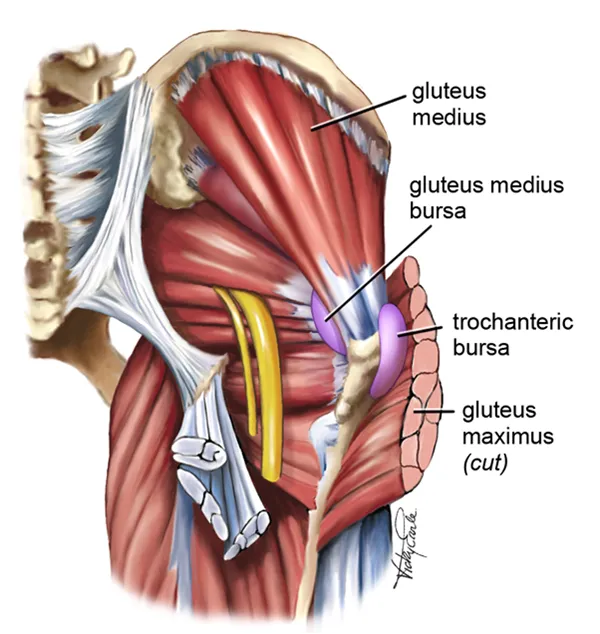
Tennis Elbow, also known as Lateral Epicondylitis, is a painful condition that affects the tendons in the forearm, causing discomfort and limited mobility in the elbow and wrist.
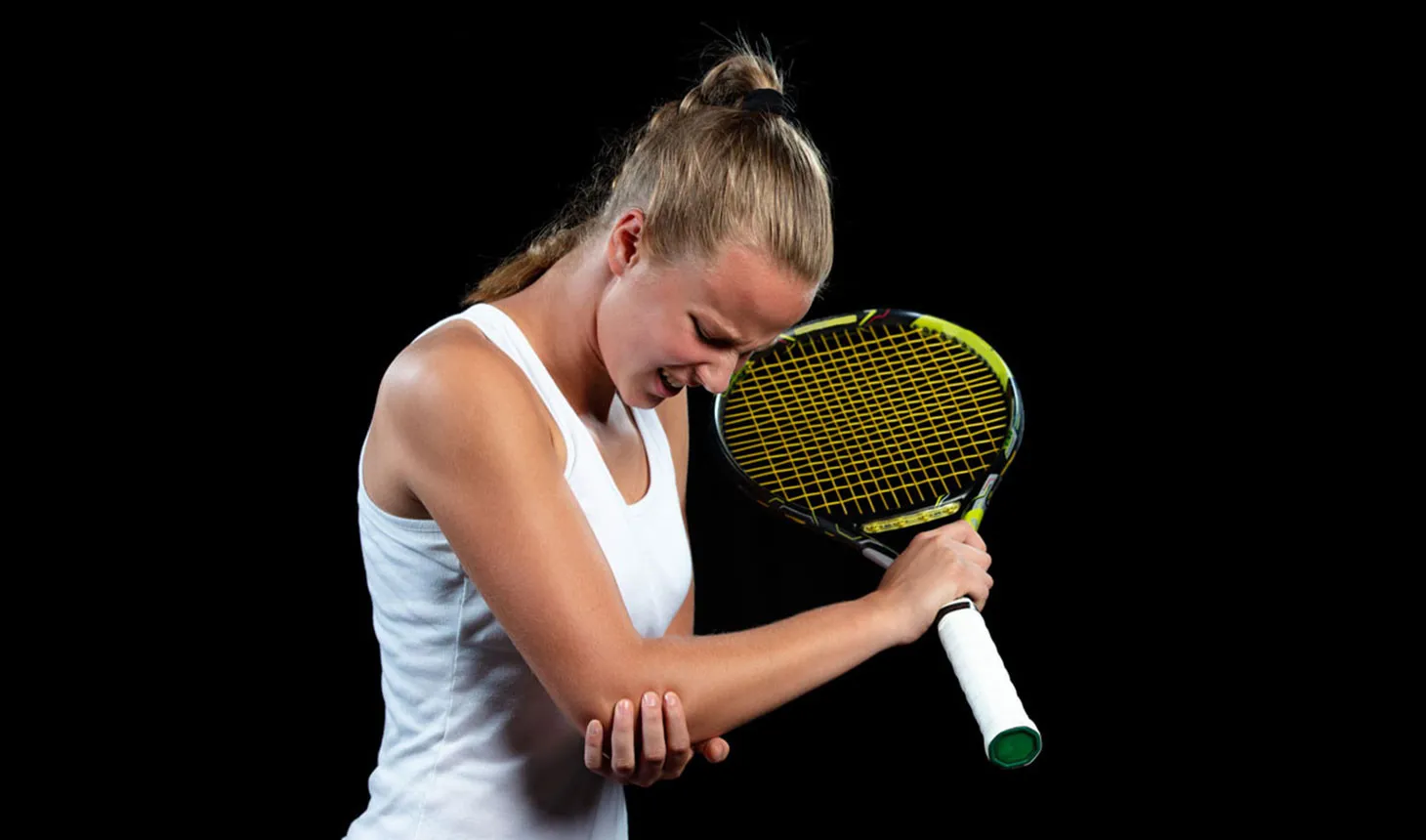
The temporomandibular joint (TMJ) serves as a pivotal mechanism, allowing us to perform everyday activities such as speaking, chewing, and yawning with ease. However, when this complex joint encounters issues, it can lead to Temporomandibular Joint Syndrome (TMJ syndrome).

Tarsal Tunnel Syndrome (TTS) is a common and often painful condition affecting the tarsal tunnel—a narrow passage in the ankle.
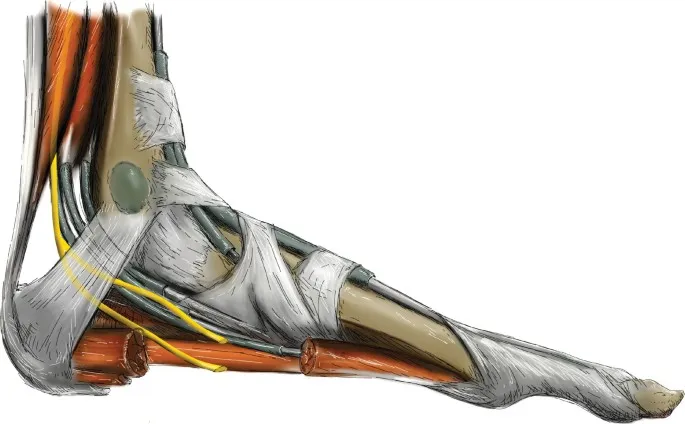
Explore the impact of time-restricted eating on heart health. Learn about the connection between diet and cardiovascular risk.
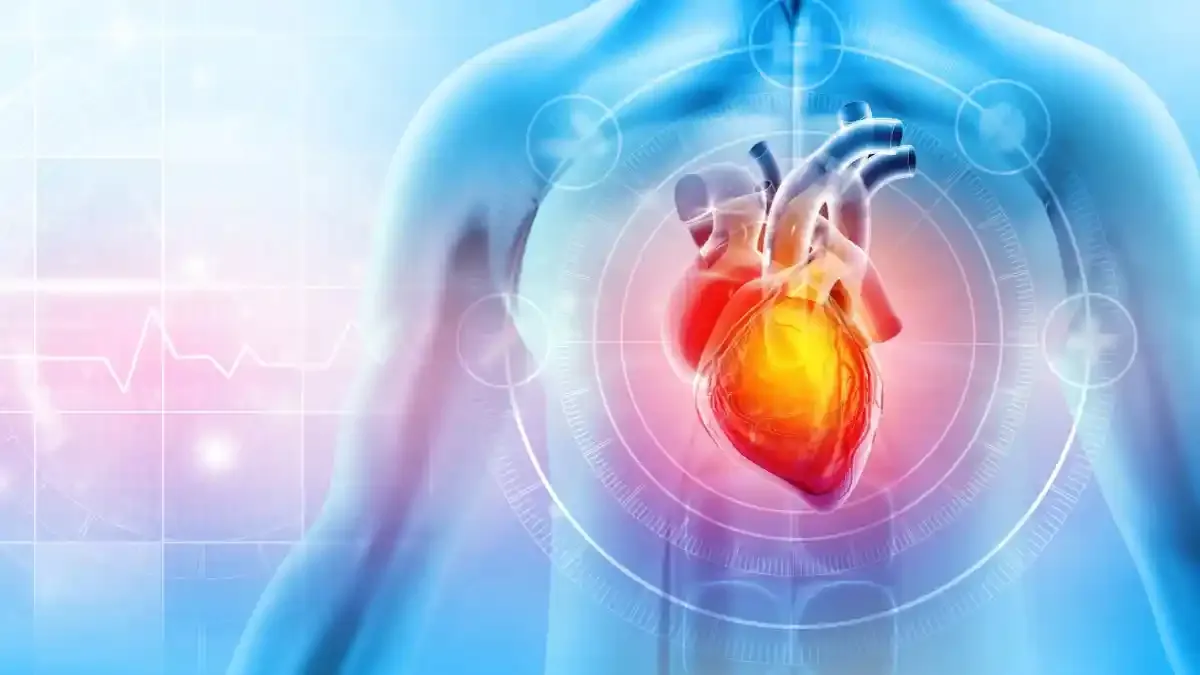
Most cases of foot or ankle pain are short term and are caused by soft tissue injuries, such as sprains or strains. You can usually ease the pain yourself But see York Rehab Clinic if the pain does not improve.
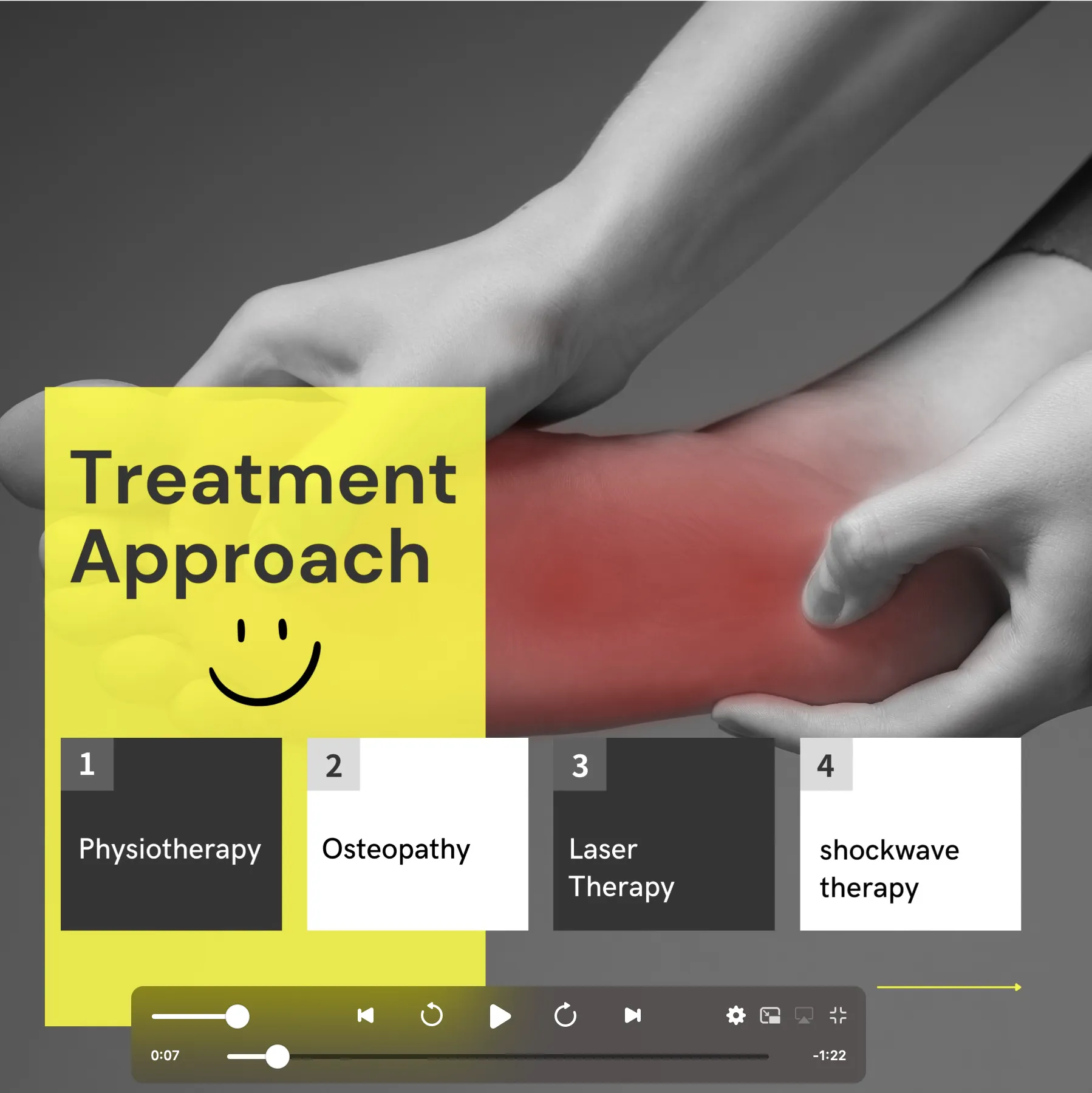
Bow legs is a genetic condition where the knees bow outward when standing. Learn its symptoms and causes at York Rehab Clinic.
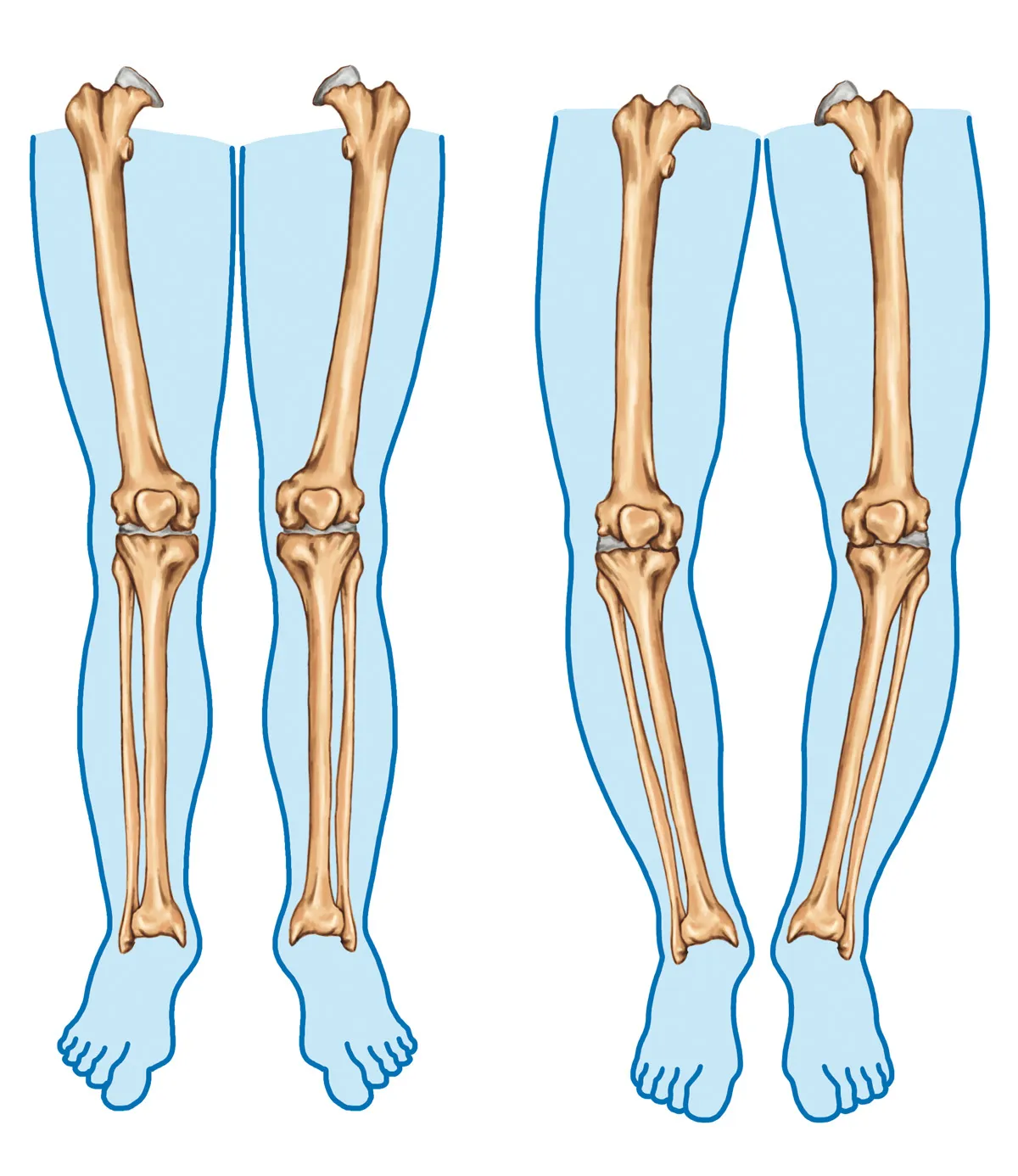
This article explores the complexities of Parkinson’s Disease and sheds light on the therapeutic benefits offered by osteopathy and physiotherapy.
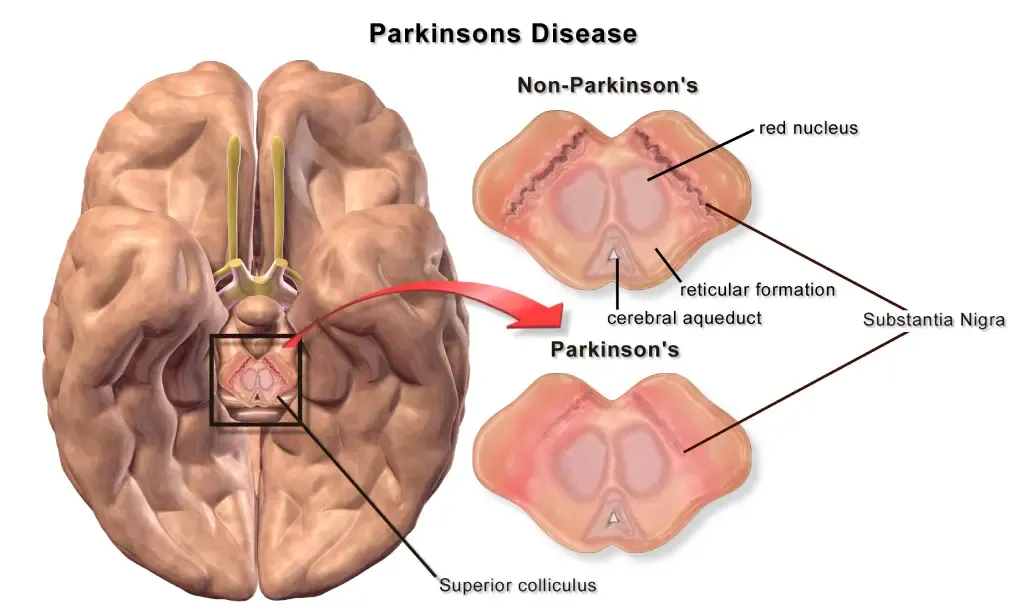
Cervical spondylosis, a prevalent condition, unfolds as a result of wear and tear on the spinal discs in the neck.
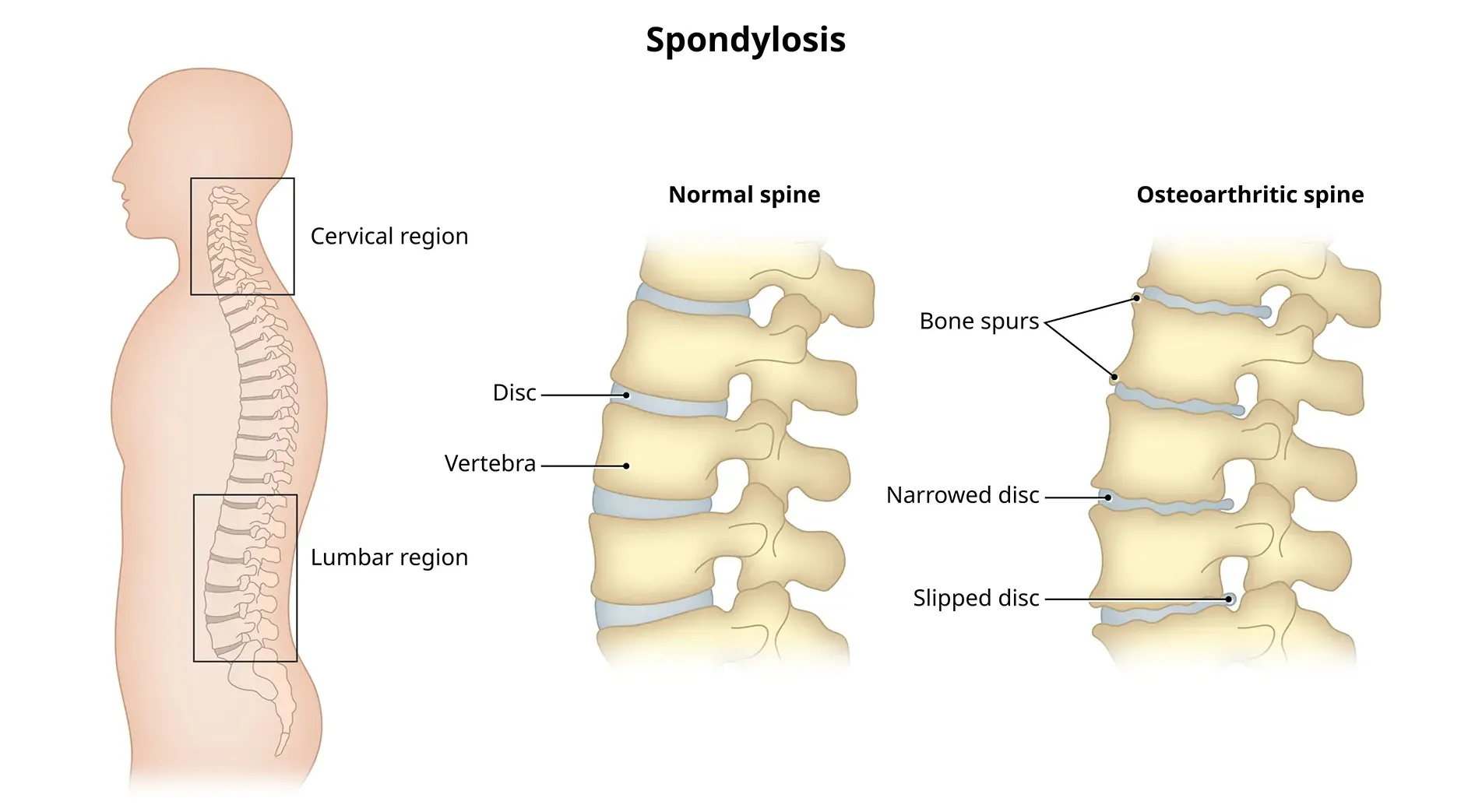
A dowager’s hump, a curve at the base of your neck, can cause extreme fatigue, back pain and headaches.
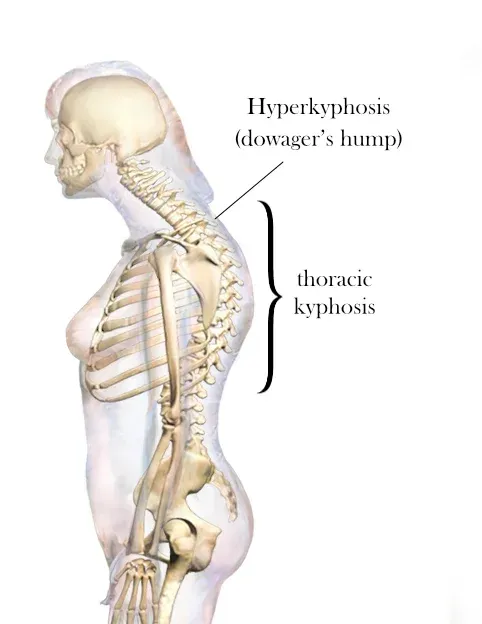
Flat feet cause pain, muscle strain, and fatigue. Treatments can ease discomfort. Symptoms include ankle pain, muscle fatigue and changes in walking.
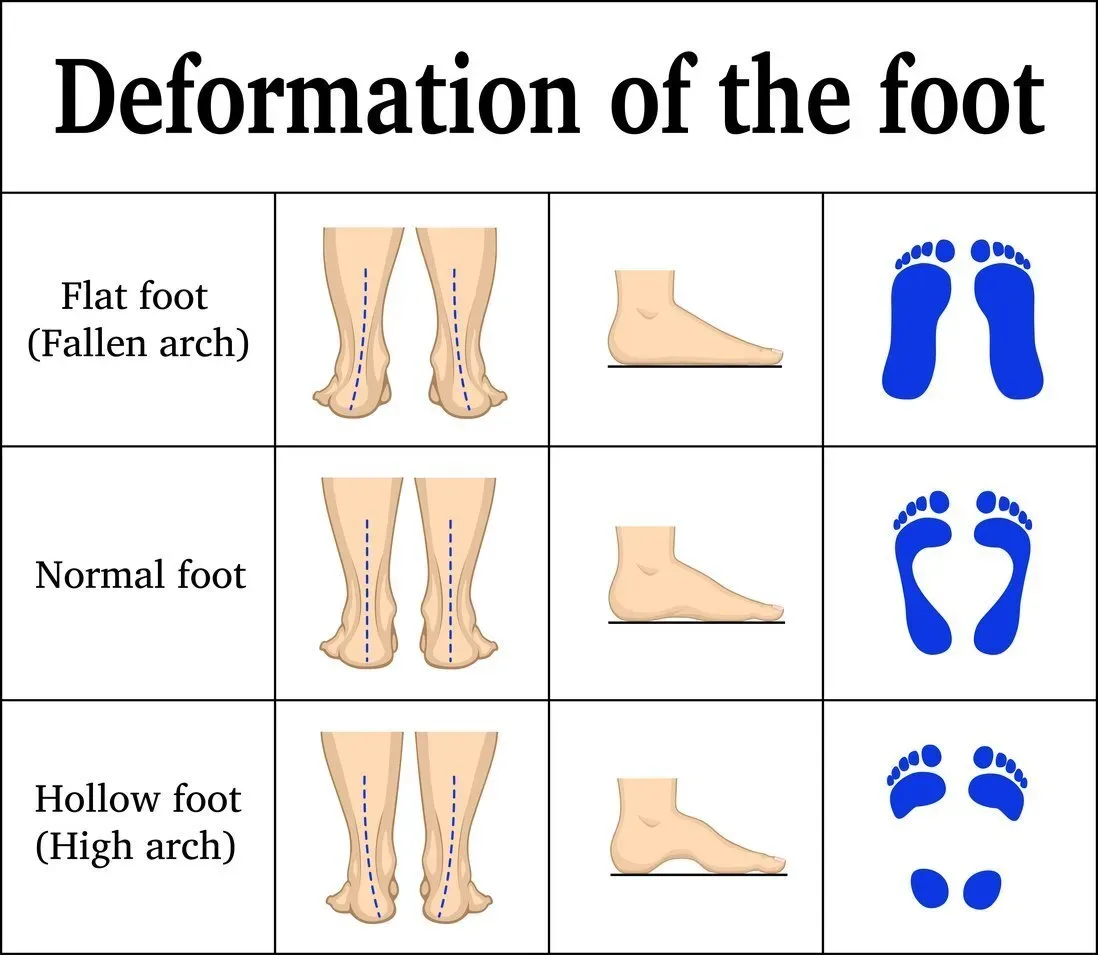
Traumatic brain injury (TBI) often results from a violent blow or jolt to the head or body, causing various physical and psychological effects.
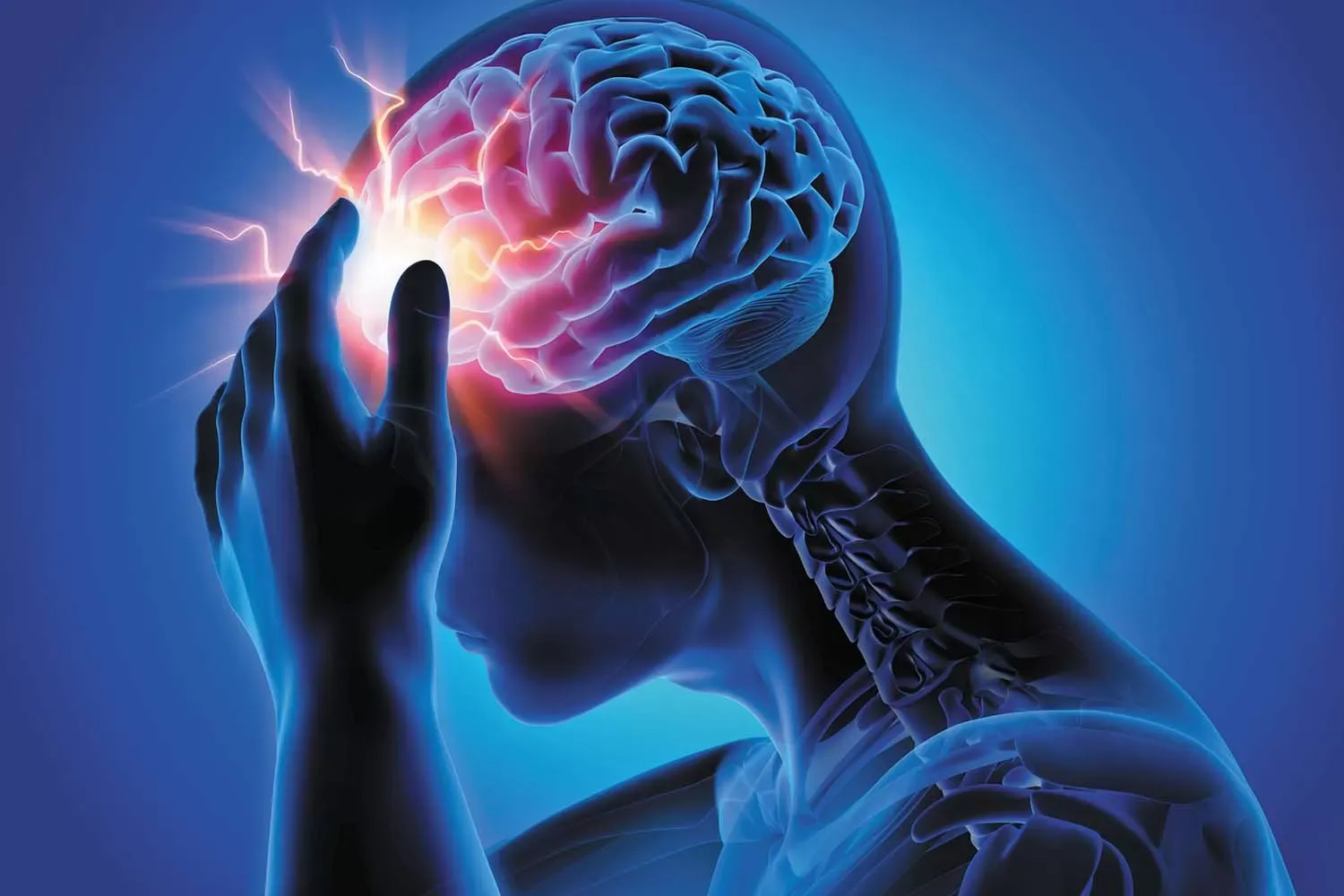
Introduction: Neck stiffness can be a discomforting and limiting condition that affects people of all ages.
